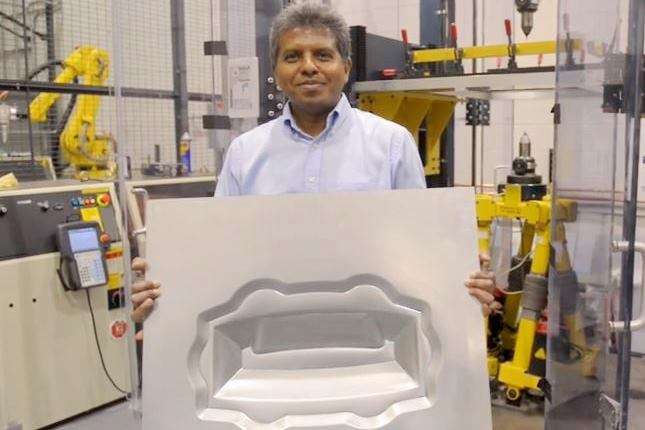Video: Ford unveils rapid prototyping for sheet metal parts | Mac's Motor City Garage.com

Edited by Magoo, 09 July 2013 - 11:31.

Posted 09 July 2013 - 11:25

Edited by Magoo, 09 July 2013 - 11:31.
Posted 10 July 2013 - 00:21
Ford calls this Ford Freeform Fabrication Technology (F3T).
Posted 10 July 2013 - 01:09
Posted 10 July 2013 - 02:24
Very intriguing indeed...
Posted 10 July 2013 - 05:46
Posted 10 July 2013 - 08:20
Posted 10 July 2013 - 10:38
Posted 10 July 2013 - 19:02
Posted 10 July 2013 - 19:39
Posted 11 July 2013 - 05:30
Posted 11 July 2013 - 06:27
Posted 11 July 2013 - 13:03
The ability to produce 1 or 2 prototypes of formed sheet metal parts is not as much of a "game-changer" as you might imagine. It is now possible to design and analyze these sheet metal parts using only digital CAD and FEA tools. Thus there is no real need for an expensive machine that produces single prototypes.
Posted 11 July 2013 - 19:48
Edited by Greg Locock, 11 July 2013 - 22:50.
Posted 13 July 2013 - 07:02
Same applies to most components, bls. Final working prototyping is very important, however, and relying purely on FEA is still not that reliable.
Posted 15 July 2013 - 15:04
Posted 15 July 2013 - 19:46